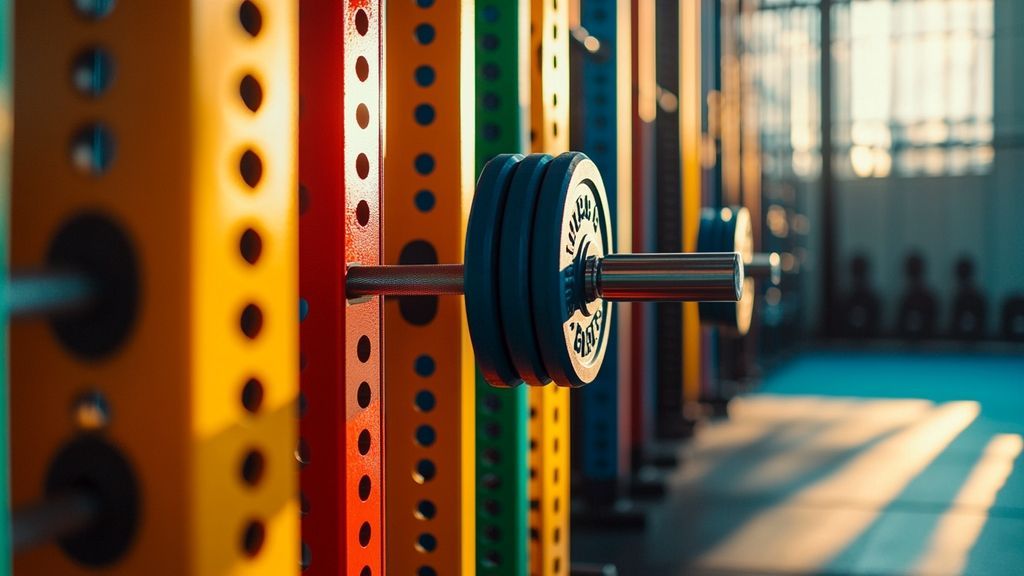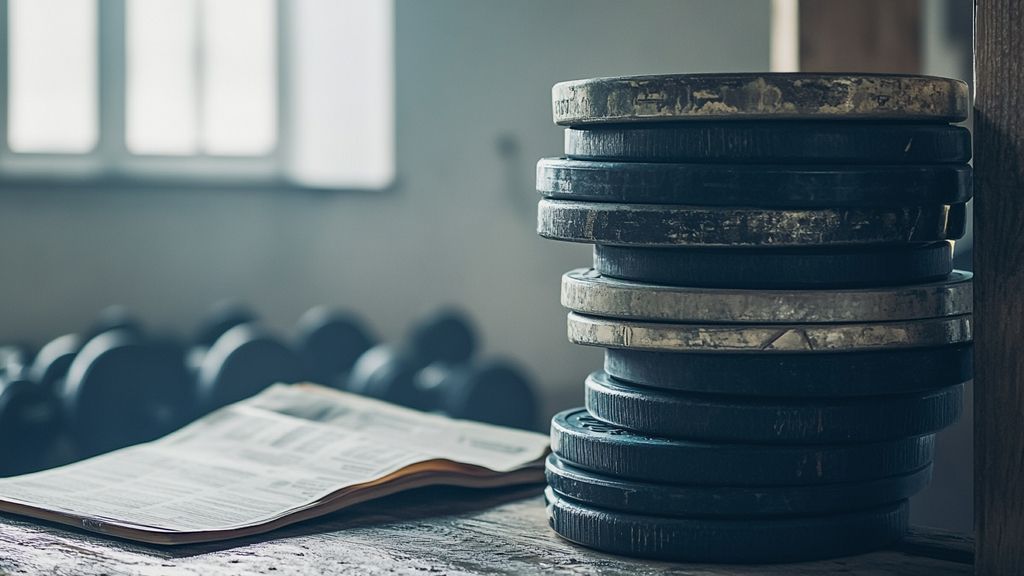Understanding your progress as a CrossFit athlete is crucial for personal growth and performance optimization. Benchmark workouts are standardized routines designed to measure improvement over time. These workouts, known for their consistency and challenge, allow athletes to gauge their strength, endurance, and overall fitness levels. The beauty of these benchmarks lies in their accessibility for all skill levels, providing a structured way to track progress.
Familiarity with various benchmark workouts not only fosters a competitive spirit but also promotes accountability. Every rep, every movement counts towards your ultimate fitness goals. When you can see numbers improve in benchmark workouts, it reinforces the notion that hard work pays off. Benchmark workouts are a tool; a way to hold yourself to a standard and challenge yourself repeatedly to become better.
The Importance of Benchmark Workouts
Benchmark workouts serve as a vital part of training for many athletes. They enable individuals to pinpoint strengths and weaknesses, thus guiding focus and training routines. Each time you return to a benchmark workout, it’s like taking a snapshot of your current fitness level and comparing it with previous performances. This comparison can drive motivation, as seeing progress in numbers provides clear evidence of improvement.
Moreover, benchmarks help establish personal records (PRs). Setting and breaking PRs is not just rewarding; it instills a sense of accomplishment. These benchmarks can range from bodyweight movements to complex Olympic lifts, ensuring a comprehensive assessment of an athlete’s capabilities.
Types of Benchmark Workouts
Benchmark workouts in CrossFit can typically be categorized into several types, each testing different areas of fitness. Some of the most recognized benchmarks include:
- Girl Workouts: Named after women, these workouts, like Fran and Helen, are iconic in the CrossFit community. They focus on varied movements to test strength, stamina, and speed.
- Hero WODs: These are workouts dedicated to fallen heroes, combining various functional movements to honor their sacrifice.
- Open Workouts: Each year, the CrossFit Open introduces new workouts that test global participants across various fitness levels.
- Strength Tests: These workouts, like the CrossFit Total, focus on max lifting attempts in key exercises such as squat, deadlift, and clean and jerk.
The Most Effective CrossFit Benchmark Workouts

Among the numerous workouts, here are some of the most effective CrossFit benchmark workouts you should recognize:
Cindy
Cindy is a classic AMRAP (As Many Rounds As Possible) workout, lasting 20 minutes with a combination of pull-ups, push-ups, and squats. This workout epitomizes bodyweight training, making it approachable for beginners while offering a challenge for experienced athletes. A personal best in Cindy signifies improved strength and endurance.
Murph
Known for its test of mental and physical endurance, Murph combines running with bodyweight movements. Completing Murph with or without a weighted vest presents a true test of grit. Progress is noticeable as times improve across multiple attempts.
Jackie
This workout combines rowing, thrusters, and pull-ups, showcasing cardiovascular endurance paired with strength. The diverse combination of movements makes Jackie a favored benchmark for many athletes.
Preparing for Your Benchmark Workouts
Preparation is key in achieving personal bests in CrossFit benchmark workouts. Developing a solid plan allows athletes to perform at their peak. Here are steps to consider:
Warm-Up Effectively
Your warm-up should include dynamic movements that mimic the workout to prepare your body adequately. Performing specific movements lightens your loads, stretches your muscles, and primes your cardiovascular system.
Establish Clear Goals
Identifying realistic goals based on previous performances can track your progress efficiently. Whether aiming for time, completing more rounds, or increasing weights, have clear targets in mind.
Utilize Proper Technique
Mindful attention to movement quality ensures you are lifting safely and effectively. Videoing your workouts or involving a coach can enhance your technique, translating to better performance during benchmarks.
Tracking Progress with Benchmark Workouts

Tracking progress is vital for successful adaptation in CrossFit. Recording workout results helps monitor your journey. Consider the following:
Use a Workout Journal
Maintaining a logbook enables you to jot down times, weights, and personal notes on how you felt during the workout. Many athletes find that revisiting those initial workouts ignites motivation as they see how far they’ve come.
Create a Spreadsheet
A simple spreadsheet can help analyze progression. Using Excel or similar platforms aids visualization, allowing easier comparisons over time.
Involve the Community
Sharing results with fellow CrossFitters fosters camaraderie and may provide insights that others have gained from their benchmarks.
Putting Your Benchmark Workouts to the Test
As you engage with benchmark workouts, the competitive aspect will naturally encourage you to push limits. Challenge yourself and others around you:
Set Regular Intervals for Testing
Consider conducting benchmark workouts monthly or quarterly. Regular testing allows community involvement and keeps workouts fresh.
Celebrate Achievements
Recognize personal accomplishments, no matter how small. Celebrate improvements be it a personal record, a newfound skill, or simply the satisfaction of completing a challenging workout.
Adjust Your Training Accordingly
Post-benchmark, review your results and adjust your training focus. Building a well-rounded program will emphasize weak points, ensuring comprehensive development.
